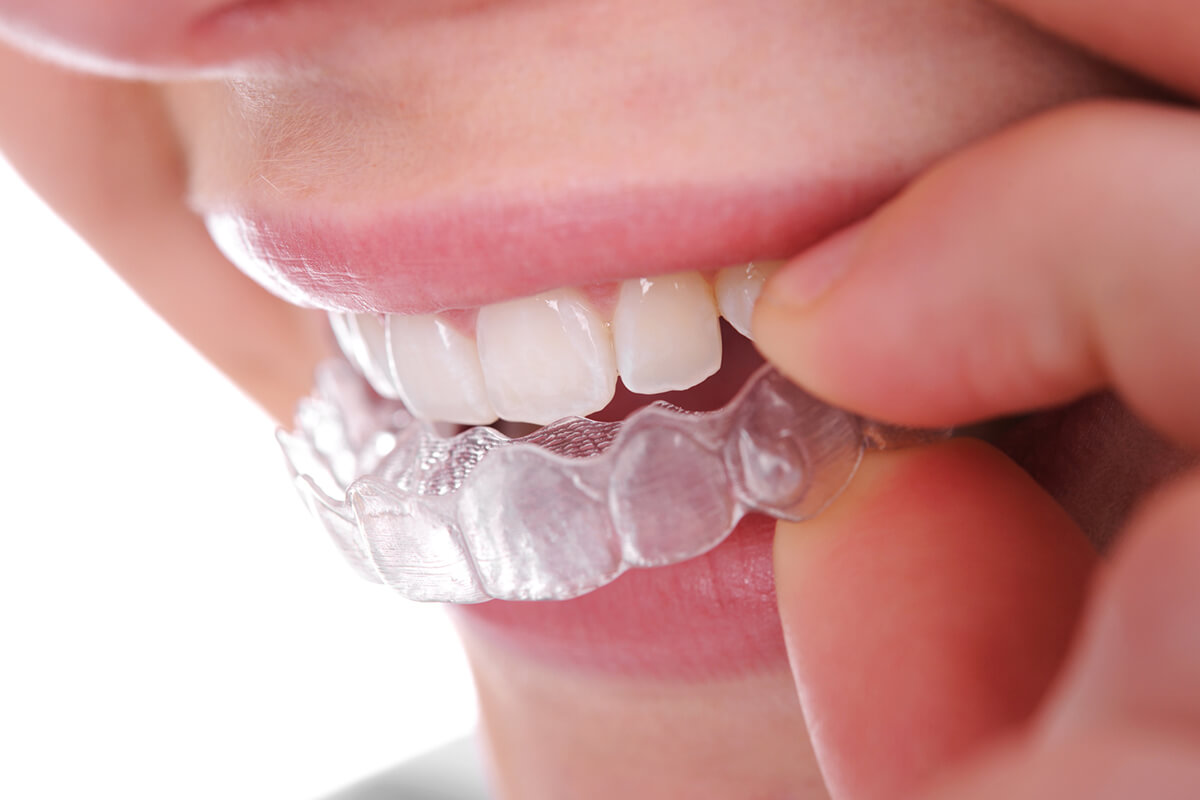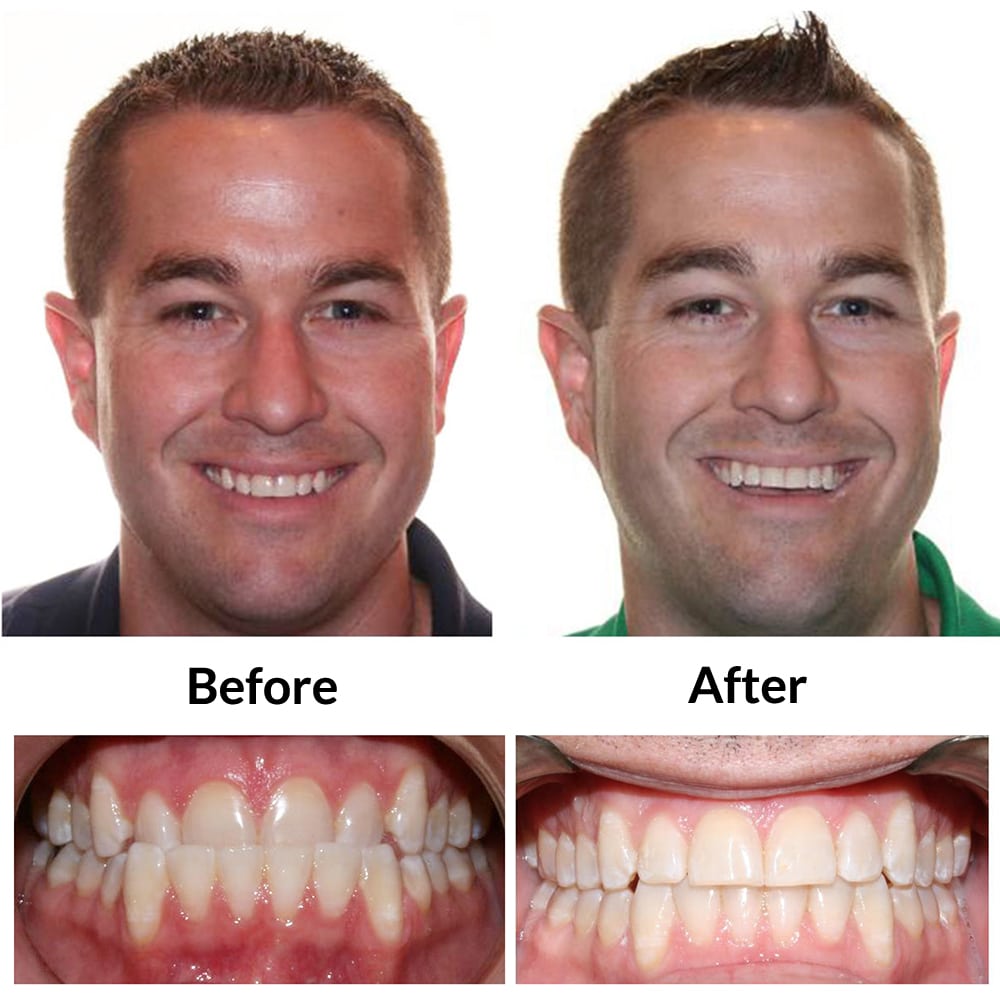Top Factors to Choose Invisalign Over Other Orthodontic Treatments
Invisalign vs. Conventional Dental braces: Which Option Is Right for You?
When thinking about orthodontic treatment, the option in between Invisalign and standard dental braces provides several essential elements that warrant careful analysis. Invisalign offers a very discreet alternative with removable aligners, while conventional braces offer an extra noticeable yet efficient option for serious imbalance.
Review of Treatment Choices

In comparison, conventional braces include steel brackets and cables that are bound to the teeth. This approach applies constant stress gradually to accomplish alignment. While efficient for complicated orthodontic problems, typical braces need regular sees for changes and can pose obstacles in maintaining dental health as a result of the difficulty of cleansing around braces and wires.
Both choices have their qualities, and the selection typically hinges on specific oral conditions, way of life choices, and client conformity. Ultimately, consulting an orthodontic specialist is essential for determining one of the most appropriate treatment plan tailored to private requirements. Understanding the subtleties of each option can considerably influence the general success of orthodontic therapy.
Visual Factors To Consider
A substantial variable influencing the selection in between Invisalign and typical braces is the visual charm each therapy uses. Invisalign aligners are crafted from clear plastic, making them basically unnoticeable when worn.
On the other hand, traditional dental braces include metal braces and wires, which can be more visible. While advancements in orthodontic modern technology have led to the development of smaller brackets and colored elastics, standard dental braces still preserve an even more obvious account. For some people, the visibility of braces might discourage them from seeking required therapy.
Eventually, the selection between Invisalign and traditional dental braces may rest on personal choices concerning looks. Clients who focus on discretion commonly lean towards Invisalign, while those that are much less concerned concerning presence may go with conventional braces. Recognizing the visual implications of each alternative is vital for making an informed decision that aligns with one's way of life and choices.
Convenience and Convenience

In terms of comfort, Invisalign aligners are detachable, allowing people to enjoy their favored foods without limitation and maintain optimal dental hygiene. Cleaning and flossing are streamlined, as the aligners can be obtained throughout these routines, whereas standard braces require mindful steering around cables and brackets.
In comparison, traditional braces require normal changes, making them less hassle-free for those with busy timetables. In general, the convenience and convenience of Invisalign make it an appealing choice for numerous individuals seeking orthodontic treatment.
Treatment Period and Efficiency
While both Invisalign and traditional braces are reliable in remedying dental misalignments, the duration of treatment can differ substantially between both options. Typically, Invisalign therapy can take anywhere from 12 to 18 months, relying on the intricacy of the situation. The clear aligners work by gradually changing teeth right into their preferred settings, and routine follow-ups with an orthodontist aid guarantee progression remains on course.
On the other hand, typical braces commonly require a longer dedication, generally varying from 18 months to three years. This is check my blog due to their fixed nature and the use of brackets and wires, which can be more efficient for severe imbalances and complicated situations (Invisalign). The therapy effectiveness of traditional braces is well-documented, as they enable accurate adjustments and greater control over tooth motion
Eventually, the option between Invisalign and standard dental braces may depend upon both the anticipated therapy duration and the specific oral concerns available. Consulting with an orthodontist is essential, as they can supply tailored suggestions based on private needs, making sure the chosen technique straightens with wanted durations and outcomes.
Expense Contrast and Insurance Policy Options
Cost plays a considerable function in the decision-making procedure for individuals considering orthodontic therapy, whether choosing for Invisalign or typical braces. Typically, the cost of Invisalign varieties from $3,000 to $8,000, while standard braces typically set you back in between $2,000 and $6,000. Variables affecting these expenses consist of the complexity of the case, the period of therapy, and geographical location.
Lots of dental insurance policy strategies give partial coverage for orthodontic treatments, however the specifics can differ extensively. Normally, typical braces might be much more often covered by insurance plans contrasted to Invisalign, which some insurance companies classify as a cosmetic procedure.
Furthermore, several orthodontic practices provide flexible settlement strategies, making both therapy options more available. Patients must ask about possible funding alternatives and discounts for ahead of time repayments. Reviewing find more info the overall expense, including insurance coverage benefits and layaway plan, is essential for making an educated decision that aligns with both visual choices and budget plan factors to consider.

Final Thought
In summary, the option in between Invisalign and conventional dental braces rests on numerous aspects, consisting of aesthetic preferences, comfort, therapy period, and price. Invisalign supplies a very discreet, removable alternative that helps with dental health and dietary flexibility, while traditional dental braces may be a lot more suitable for intricate dental concerns and often come with a reduced price point. Inevitably, assessment with an orthodontist is necessary to analyze private scenarios and identify the most ideal treatment alternative for accomplishing ideal oral placement.
When taking into consideration orthodontic treatment, the option between Invisalign and typical braces offers numerous vital elements that merit mindful assessment.Comparing Invisalign and typical braces exposes distinctive therapy alternatives for orthodontic improvement.While both Invisalign and conventional braces are reliable in fixing dental imbalances, the period of therapy can vary considerably between the 2 alternatives.Cost plays a substantial function in the decision-making process for individuals taking into consideration orthodontic therapy, whether home opting for Invisalign or conventional braces.In summary, the choice in between Invisalign and conventional dental braces pivots on several factors, including visual preferences, convenience, treatment period, and cost.